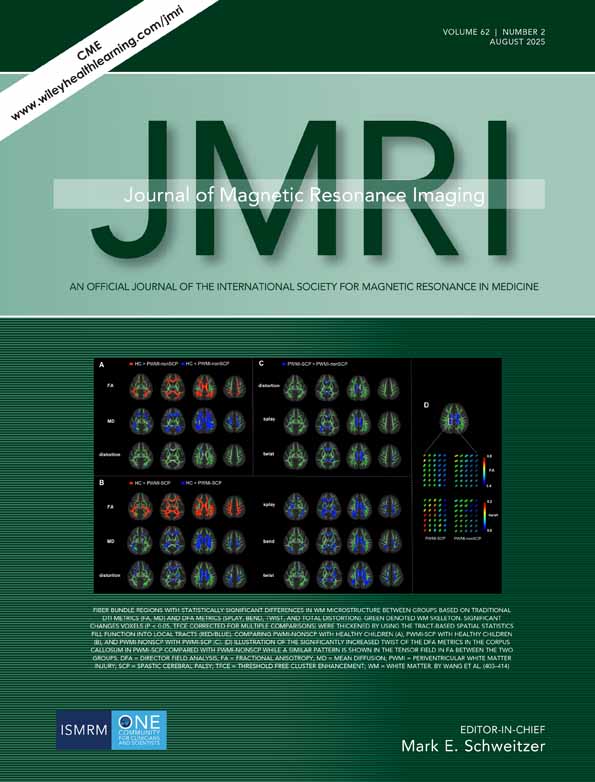MRI in patients with intraspinal bullets
Abstract
The purpose of this study was to determine whether neurologic sequelae occur in patients with intraspinal bullets or bullet fragments who undergo magnetic resonance imaging (MRI). Nineteen patients with bullets or bullet fragments adjacent to the cord or nerve roots underwent clinical MRI studies at 1.5 T. Sequences included conventional spin echo, fast spin echo, gradient-recalled echo, and inversion recovery. Patients were queried during scanning for symptoms of discomfort, pain, or change in neurologic status. Detailed neurologic examinations were performed prior to MRI (baseline), post MRI, and at the patients' discharge. Sixteen patients were completely paralyzed (ASIA-A), and three were not paralyzed. The length of time from injury was 2–24 months. No patients experienced pain or discomfort during the procedure. No change in neurologic status occurred. Follow-up radiographic studies showed no bullet movement following the scanning. We conclude that in patients with complete spinal cord injury, MRI in patients with intraspinal bullets may be performed. J. Magn. Reson. Imaging 1999;9:151–153 © 1999 Wiley-Liss, Inc.




